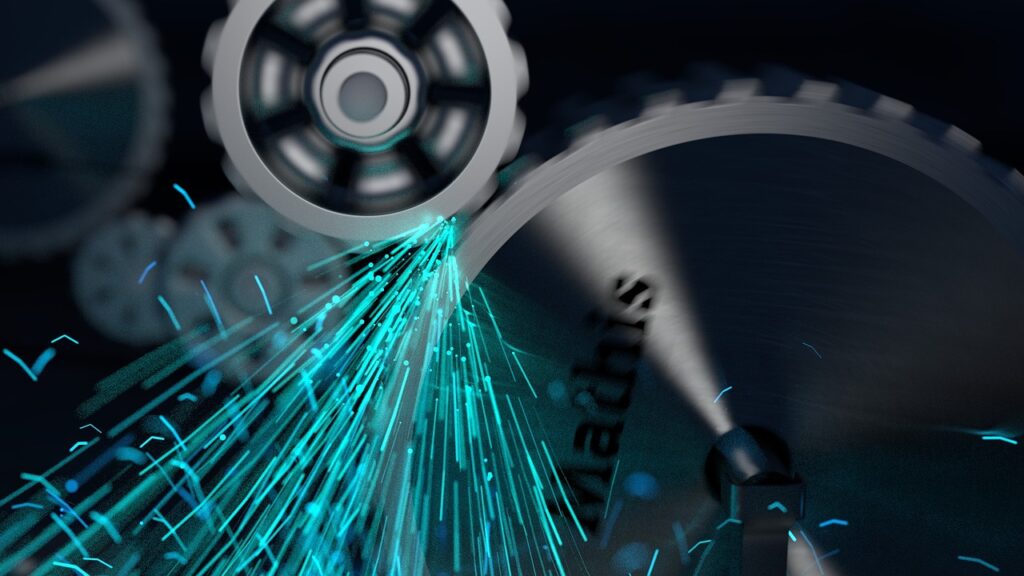In any project or business you have to periodically take a step back, review what’s going right and what’s going wrong, and then make some sort of course corrections to ensure you continue to make progress toward your objectives. In a DevOps environment, everything is accelerated–which means that you can also get much farther off track much more quickly if you don’t have the tools and processes in place to do that gut-check more frequently.
Continuous assessment lets you monitor and measure progress so you can stay on track:
DevOps is fueled in large part by feedback. The software development evolution—from old-school waterfall methods to agile development—gets applied with DevOps on a broader scale, and to the whole organization. One of the defining characteristics of agile and DevOps is frequent adjustments and course corrections based on continuous assessment. But to maximize efficiency with DevOps, teams need to have processes and tools in place to provide that feedback information.
The goal for most teams of developers is to increase visibility into customer usage. Continuous assessment helps organizations:
- Monitor and measure everything
- Create constant feedback loops
- Make course corrections during ongoing projects
- Prioritize business, security, and dev planning
- Iterate more effectively
These capabilities are improved through visibility across the different teams involved. But in most cases, developers don’t have the end-to-end visibility they need, including real-time dashboards and insight at the code level. Developers often turn to IT admins in search of relevant metrics and data, but the result is typically mixed and generally inadequate.
Continuous assessment
Much of what DevOps needs is encompassed in continuous assessment. Continuous assessment provides the consistent feedback necessary to fuel the rest of the DevOps components. So, let’s examine what components are important for success with continuous assessment, and how organizations can drive innovation that is both achievable and measurable.
Colin Campbell, director of technical content at Chef, explains, “The basis of continuous assessment is automation. Automation covers many areas. For example, the key to an effective DevOps workflow is automating the configuration and management of development and production servers, which provides significant data inputs for transparent and ongoing assessment.”
Skilled DevOps practitioners automate the workflow itself using continuous integration and delivery techniques, which allows for monitoring and assessment to occur at every stage of the pipeline, from initial check-in by a developer to monitoring system behaviors seen in production.
“So, by first instituting basic configuration management automation and then using this foundation to create a continuous delivery pipeline for infrastructure and application change management, organizations can constantly monitor and assess the state of their systems as they simultaneously increase rate of development,” says Campbell.
You can read the full article at TechBeacon: 3 steps to measurable innovation with continuous assessment.
- Why Data Security Is the Real AI Risk - June 30, 2025
- Why Being Bold Matters in Cybersecurity—and Branding - June 3, 2025
- Gear Tested and Approved: My Top Picks for Dads and Grads This Season - May 28, 2025



